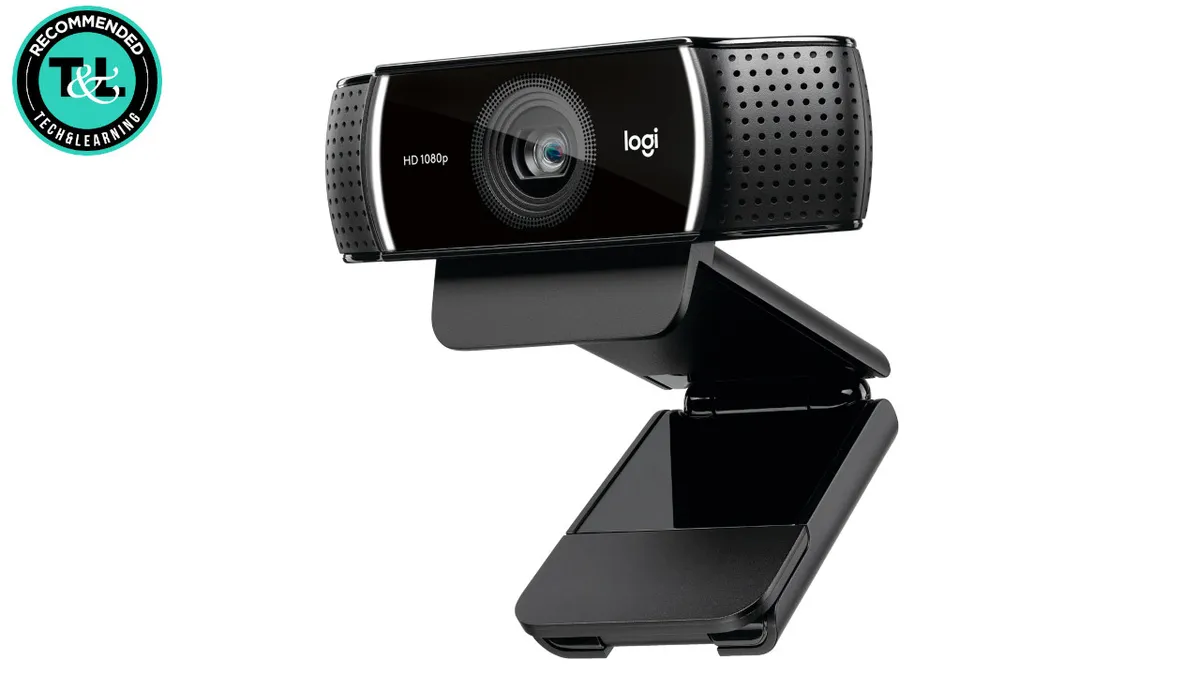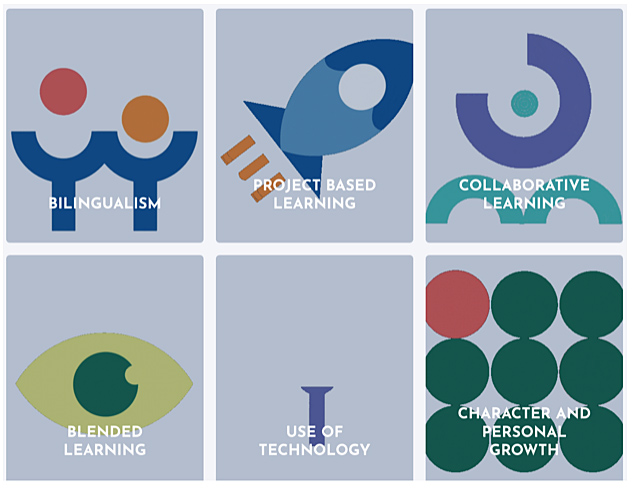Thriving education systems, thriving youth — from events.economist.com by Economist Impact
Some of the key topics to be discussed include:
- What are the challenges in how we measure learning outcomes today, and how does this need to transform?
- What is a learning ecosystem? What does a successful learning ecosystem look like?
- What factors enable the development of thriving learning ecosystems?
- Who are the key stakeholders that make up the learning ecosystem? How do different stakeholders see their role in the learning ecosystem?
- Which national policies need to be in place to support effective education ecosystems?
- What information and data do we need to assess how well learning ecosystems are performing?
- What data do we need to collect so that we don’t perpetuate traditional approaches to defining and measuring success?
























